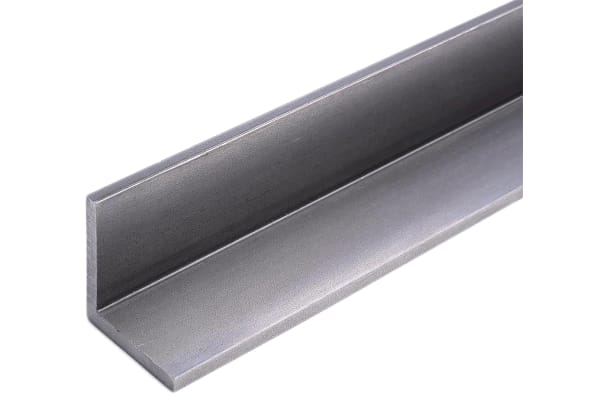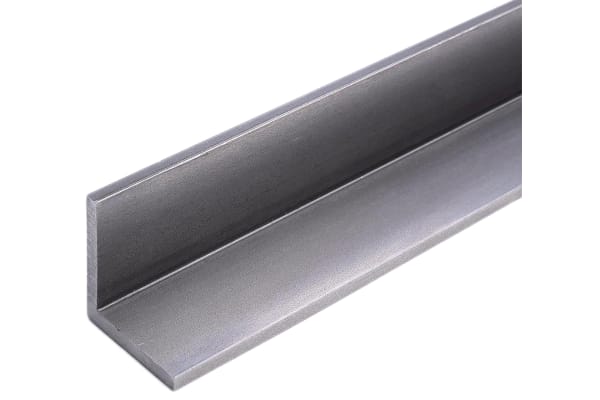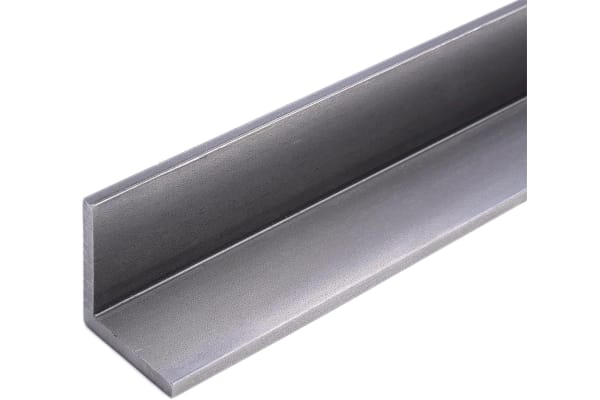Steel Angles
Metal angles, also known more commonly as Angle Iron, are typically L shaped lengths of metal with often equal-sized sides and sold in a variety of lengths. RS Components stock a wide range of angles in a variety of size, used in both commercial and DIY applications, metal angles can be found in a range of industries such as within window and door construction, fabrication, fencing and ironmongery, as well as various construction uses.Aside from more industrial applications, metal angles can be found in plenty of DIY applications in and around the home such as for worktop edging to prevent damage and protect the worktop, trim for hiding gaps around framing and flooring and even for shelving.Though typically supplied in its raw form, metal angles can be finished with a range of processes such as painting, powder coating, blackening and anodising. Anodising aluminium provides both a protective coating but can also bring life and colour to a project whether for aesthetic or a more practical reason. Powder coating angles provides a protective and sometimes decorative layer to the metal protecting it from rust over time.Types Of Metal AnglesAluminium angles – Aluminium is easy to cut with either a hand saw or with power saws such as a band or reciprocating saw. Angles are also easy to drill making them easy to use in fabrication with a range of through fixings as well as being suitable to weld.Steel Angles – Steel angles offer a more robust solution and are more typically used for heavier duty applications. Their added strength does come at the cost of added weight but can allow for structures, supports and brackets to be made on a much larger scale. Steel by nature is a harder material thus making it more difficult to cut however it is still possible to cut by hand or with a machine along with the ability to drill. Typically cutting fluid can be used to prevent the material, blades or drill bits from overheating during use.Stainless Steel Angles – Stainless angles have the same fundamental properties as regular mild steel angles but feature higher chromium content within the material itself. This added content provides a protective layer on the material to prevent corrosion and staining, however, this added benefit makes the material slightly weaker than mild steel due to lower carbon content and also means the material has a slightly lower hardness level in comparison to mild steel.






